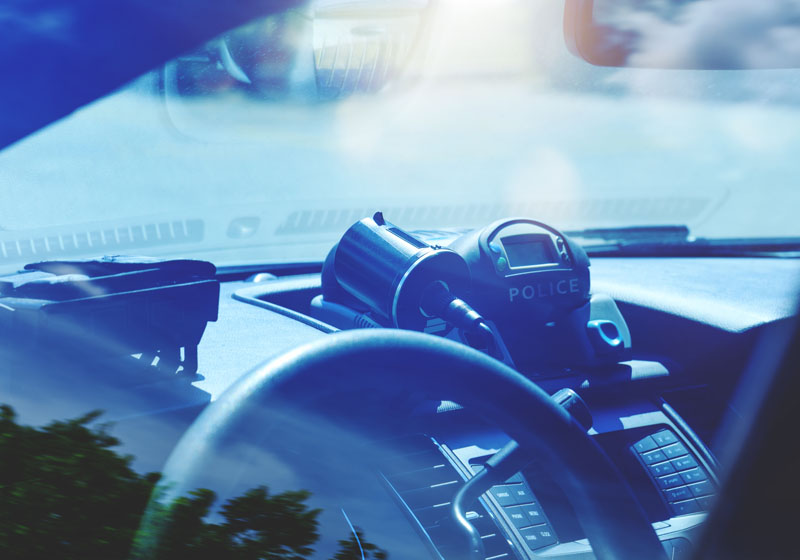
The other day, it was national news that, according to reports in the Baltimore Sun and other new sources, an on-duty Baltimore City police officer was allegedly found intoxicated and slumped over behind the wheel of his marked patrol vehicle. The impression from media reports was that this officer was in a parked car. One witness reportedly had to wake the officer up by banging on the window of the patrol vehicle, as the officer was apparently asleep. This same witness reported that the officer had an odor of alcohol to him, had a difficult time walking and needed the support of two officers on either side of him. Ultimately, the officer was taken to the police station where a breathalyzer test allegedly revealed his blood alcohol level was at a 0.22 (almost 3 times the legal limit).
During times like this, it is probably a good idea to remind everyone what is a DUI and what isn’t.
This article focuses on one specific element of the DUI/DWI crime: DRIVING.
DUI and DWI are acronyms for DRIVING under the influence of alcohol and DRIVING while impaired by alcohol. Maryland has a very specific definition of when someone is “Driving.” In Maryland, driving occurs when one is driving, operating, moving, or in ACTUAL PHYSICAL CONTROL of a vehicle.
Actual physical control? What is that? Maryland has some commonly applied answers to that question. But it is important to remember that the easy answer to this question is that it isn’t always clear when someone is in actual physical control of a vehicle. Experienced DUI/DWI Attorneys are aware that judges and juries have to decide if Defendants were physically able and likely to move a vehicle at the time they are alleged to have been drinking and driving. Experienced DUI/DWI Attorneys are also aware that there are factors to be weighed and measured with no single factor necessarily determining whether a person is in actual physical control of a vehicle.
If you feel like you need some legal help, contact our DUI Law attorney to schedule a free case evaluation today.
FREE CASE EVALUATIONWhat are some relevant factors and circumstances?
(1) Whether the vehicle’s engine was running or the ignition was on;
(2) Whether the parking brake was engaged;
(3) Whether and in what position the defendant was found in the vehicle;
(4) Whether the defendant was awake or asleep;
(5) Where the vehicle’s ignition key was located;
(6) Whether the vehicle’s headlights were on; and
(7) Whether the vehicle was located in the roadway or was legally parked.
Perhaps of paramount importance, you should know that an experienced DUI/DWI Attorney knows that if a person is using a vehicle as a stationary shelter, it can be argued that this person is not in actual physical control of the vehicle.
So, what do you take away from this? Many of us have been there… you are away from home, you’ve had at least one too many and you know it. You appreciate that you shouldn’t drive home and, instead, choose to sleep in your car. Is that drinking and driving? Hopefully, you know now that it depends and the answer is sometimes yes and sometimes no.
But if you apply the above factors list, and getting an Uber/Lyft/Cab is not available to you, you now know that your best option is to not move your car at all, lie down in the back seat of the car and do not put your keys in the ignition, not even to warm up the inside of your car or listen to the radio. You want to keep your car in a legal parking space. Pulling over onto the shoulder of the highway is not somewhere you are supposed to park and sleep it off. In the moment, it might feel like a responsible decision, but parking on the highway shoulder will get you a DUI/DWI charge every time.
If you should ever find yourself in a situation where you have been charged with DUI and/or DWI, you need an experienced DUI/DWI Attorney. Give our firm a call for a free consultation.
Sources:
http://www.baltimoresun.com/news/maryland/crime/bs-md-ci-bpd-dui-20181003-story.html
